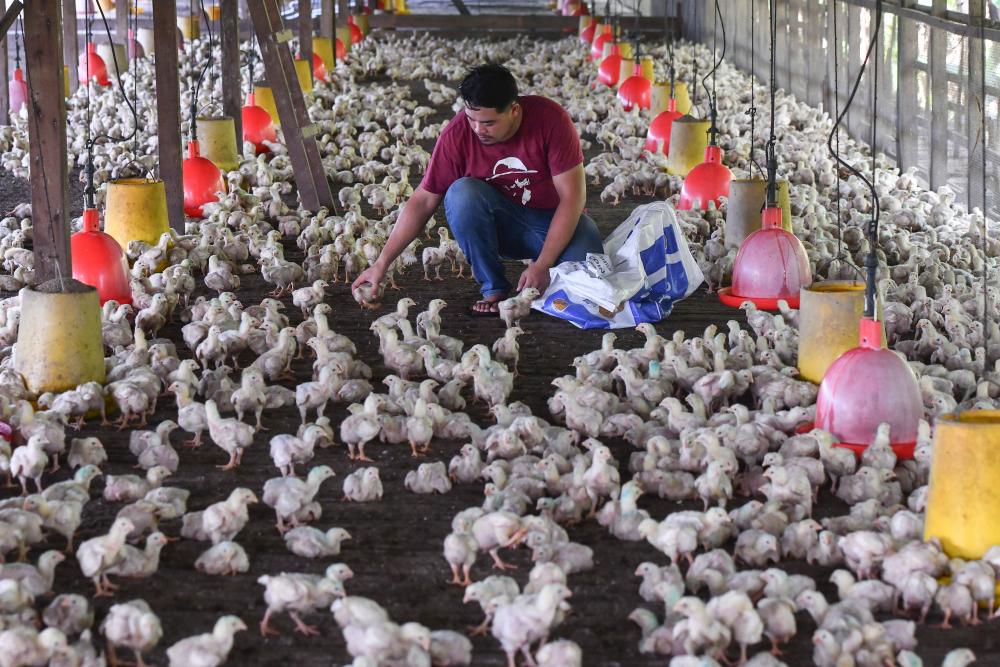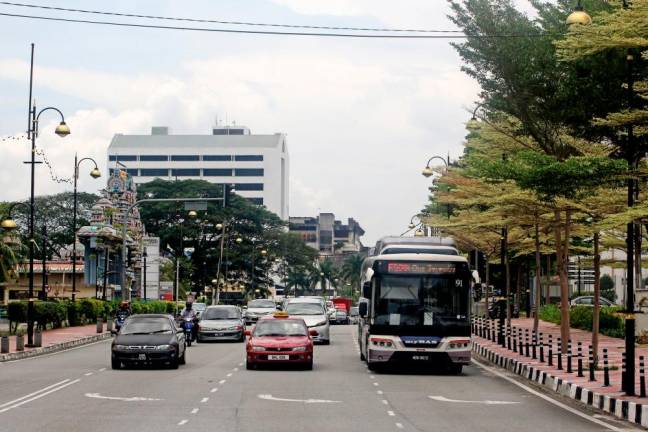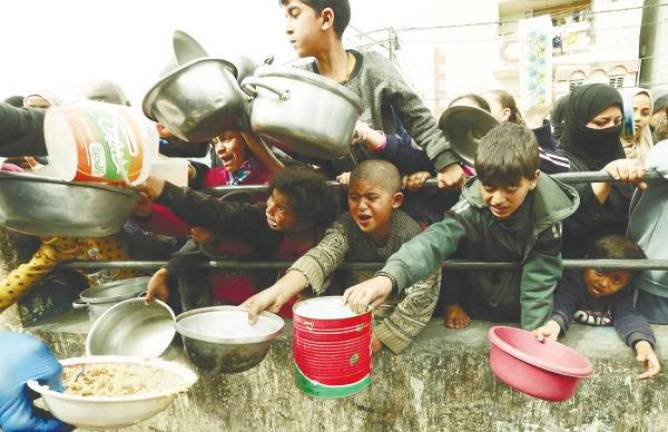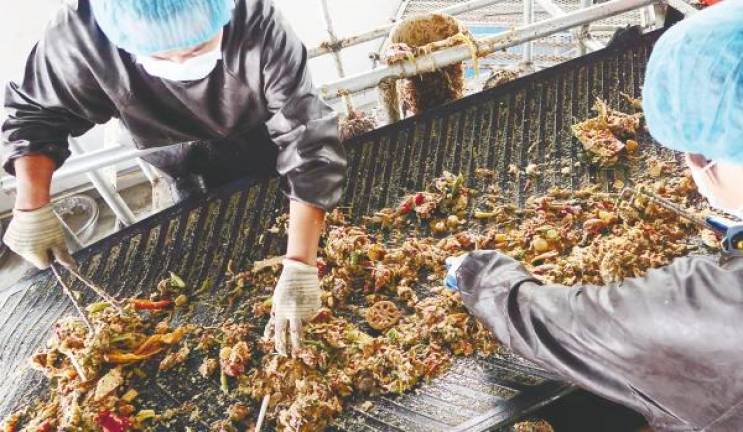PETALING JAYA: Despite having an excess of six million tonnes of chicken, Malaysia continues to experience chicken shortages and price increases. Where have our chickens gone?
Malaysia Global Business Forum founding chairman Nordin Abdullah said according to government announcements, chicken self-sufficiency level (SSL) is at 105%.
“This is technically an oversupply. However, when factoring in exports, there may have been a differential that slips below 100% for domestic supply.
“Chicken remains an important (source of) protein in the context of the Malaysian diet. Managing the ceiling price is one of the mechanisms that the government uses to ensure its availability to all Malaysians,” he told theSun.
On why prices remain high despite having a supply that exceeds consumer demand, he said from a strategic perspective, the additional supply should be utilised in downstream processing.
“This would ensure greater value-addition is taking place in Malaysia, through the increasing number of jobs and potential for increased exports to the region, especially Asean countries,” he said.
Deputy Agriculture and Food Industries Minister Datuk Seri Ahmad Hamzah was previously reported as saying: “Based on the SSL for chicken, our supply surpassed the demand, at between 104% and 105%, and we were able to produce a total of 60 million metric tonnes of chicken annually when our demand was only 54 million tonnes”.
Nordin added that a well-regulated industry built on sustainable business practices would attract additional investments.
“The global food security scenario will dictate that there is a need to further capitalise on the domestic poultry industry. Do we have a business ecosystem that is ready for this change?
“The business community at large is waiting to see the results of the investigation by the Malaysia Competition Commission.
“A key component of a sustainable business environment is a marketplace where companies can expect fair competition. The result of that investigation should ensure that this remains to be true,” he said.
Asked what he believed was ailing the chicken industry at the moment and causing the rise in prices, Nordin noted that data shows many companies are near profitability and on an industry basis, the gap is not insurmountable.
“Because this industry is defined by a ceiling price, companies that are innovative and able to manage costs will be the most successful. Having said that, external factors beyond the control of the industry or the government will continue to be the biggest threat to profitability.
“The opportunity now is for Malaysia to innovate to the point where we can be self-sufficient in the value chain. This being chicken feed, it is most critical. For this, investment into research and development, and its related innovations need to be linked with the base raw materials that are readily available in Malaysia.”
Asked if one can assume that there is some kind of trade manipulation that is currently hampering this from happening, he said: “While the data we have is an important first step, a deeper analysis of the value chain is required to make informed policy, regulatory and business decisions.”














